In 1961, the leadership of the United Nations' second secretary general abruptly came to an end after a plane carrying him crashed in Africa. The cause of the crash remains a mystery.

Circumstances Surrounding the Crash
The year is 1961, and the former Belgian colony of the Congo is in crisis. The country had been independent from Belgium for just over a year, yet in this frame of time, two states (Katanga and South Kasai) had seceded from the official Republic of the Congo. Various rebel groups are also staging revolts against the central Congolese government. Amidst this turmoil in the Congo, the Cold War is in full swing in the wider world, with the United States and the Soviet Union and their allies sponsoring various rebel groups and factions within the Congo.
In September 1961, Dag Hammarskjöld, the then Secretary General of the United Nations, was on a peacekeeping trip to the Congo. As part of the United Nation's mission in the Congo, Hammarskjöld was to fly from Leopoldville (now Kinshasa) to Ndola in the south of the country to mediate ceasefire negotiations between the military forces of the breakaway state of Katanga, their leader Moise Tshombe, and United Nations peacekeeping forces in the area.
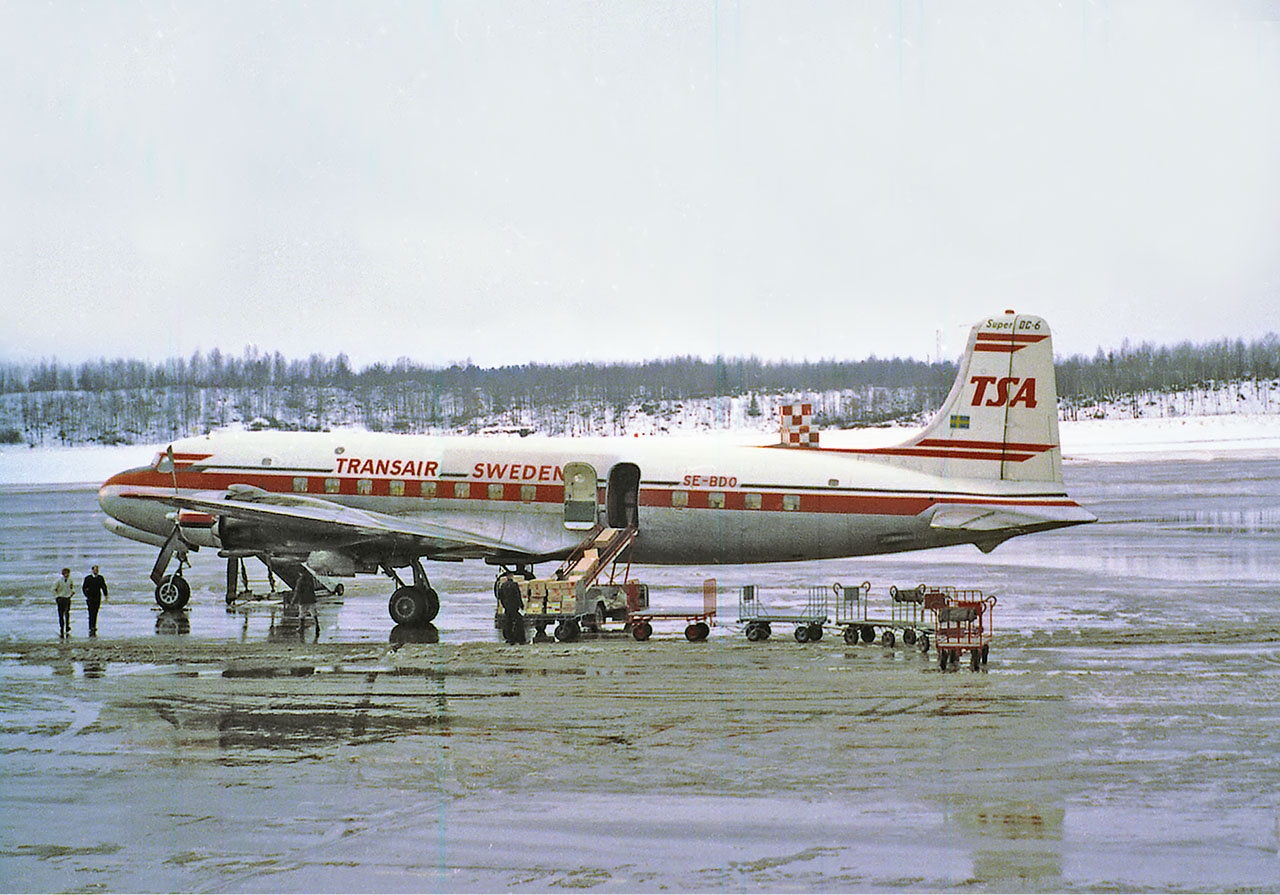
At 5:51 p.m. on September 17, 1961, a Trans Air Sweden Douglas DC-6 operating for the United Nations, lifted off from N'Djili Airport (now known as N'Diji International Airport - FIH) bound for the city of Ndola with Dag Hammarskjöld onboard. With him are a handful of aides and United Nations security guards. Piloting the DC-6 aircraft were Per Hallonquist (35), First Officer Lars Litton (29), and flight engineer Nils Göran Wilhelmsson.
Due to the threat of being shot down by belligerents in the Congo Crisis, the pilots of Hammarskjölds DC-6 had to fly a less direct route. As an extra precaution, a decoy aircraft had taken off an hour before Hammarskjöld's plane also bound for Ndola, but on a more direct route to confuse those with malicious intent towards the secretary general.
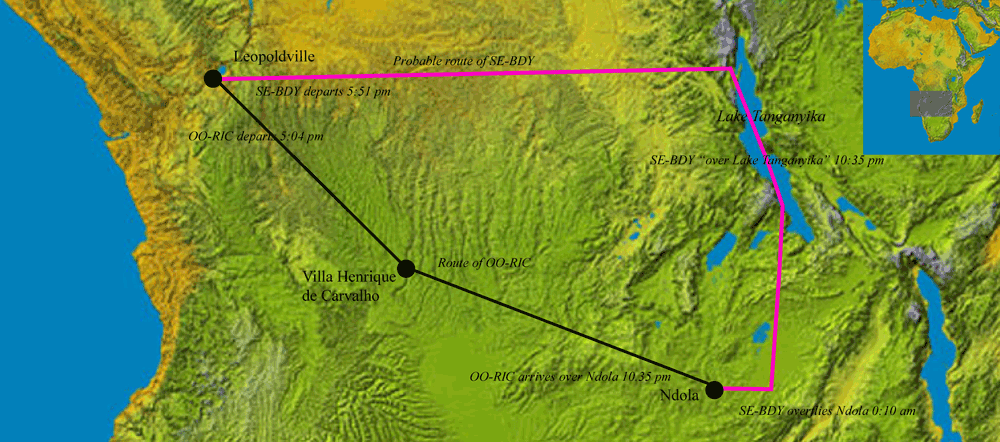
After an uneventful six-hour flight, the DC-6 began descending and preparing for landing at Ndola. Due to the potentially dangerous situation, the pilots of the Hammarskjöld's flight were supposed to initially overfly (fly directly over) Ndola airport before making a looping 180-degree turn to land.
The pilots of Hammarskjöld's aircraft reported to air traffic control that they were overflying Ndola airport at 0:10 local time, just after midnight. This was the last radio communication between the flight and Ndola airport, as shortly after, the aircraft crashed on a hill near Ndola airport. Dag Hammerskjöld's DC-6 would never land at Ndola.
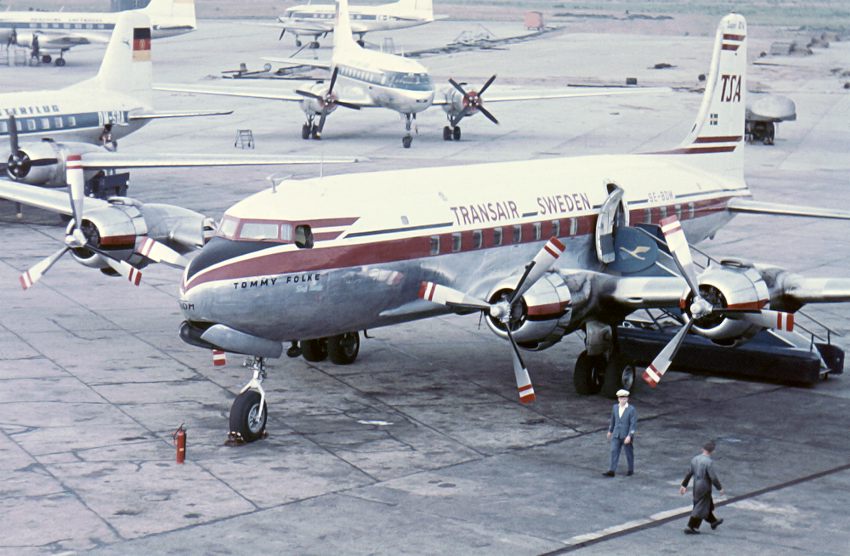
Official Investigation
On the morning of September 18, a search plane and teams were dispatched to look for the wreckage of the DC-6. According to numerous eyewitness accounts and accusations from the United Nations, search and rescue operations got off to a lackluster start. According to a report by the United Nations, there were "...numerous delays that violated established search and rescue procedures..." The crash site of the doomed flight was found 15 kilometers (9.8 miles) from Ndola Airport on a small hill in a wooded area.
There was only one survivor from the crash, a guard named Sergeant Harold Julien. Immediately following this, three separate investigations were opened: two by Rhodesian authorities (modern-day Zimbabwe) and one by the United Nations. Throughout 1961 and into the first six months of 1962, multiple United Nations and Rhodesian hearings and press conferences were held about the cause of Hammerskjöld's plane crash and subsequent death.
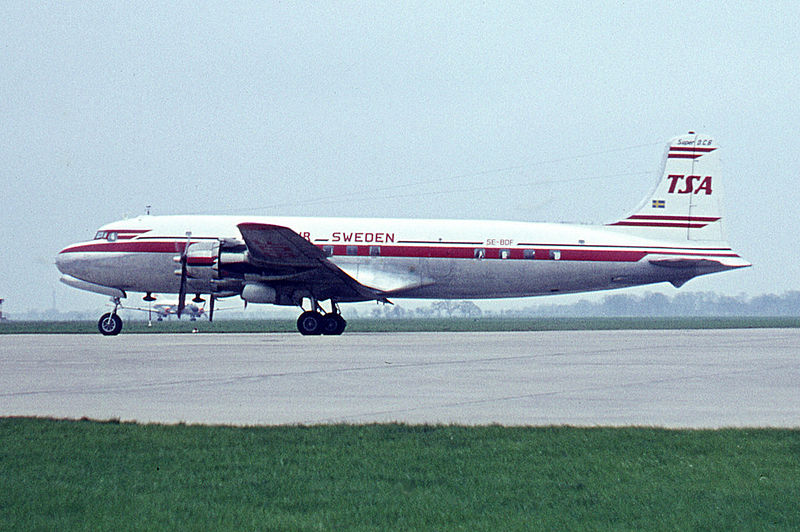
Rhodesian authorities reportedly never found any evidence of foul play or an assassination attempt (shoot-down). From this, it was determined that the pilots of Hammerskjöld's DC-6 flew the aircraft into the ground due to descending too fast, thus impacting the hill miles short of the runway. The pilots supposedly struck trees before the plane crashed.
While the United Nations Commission of Investigation did agree with this idea, the commission was not content with the delayed search efforts, which, according to some, could have saved Hammerskjöld's life, as his autopsy proved inconclusive as to whether he had survived past the crash or died on impact.
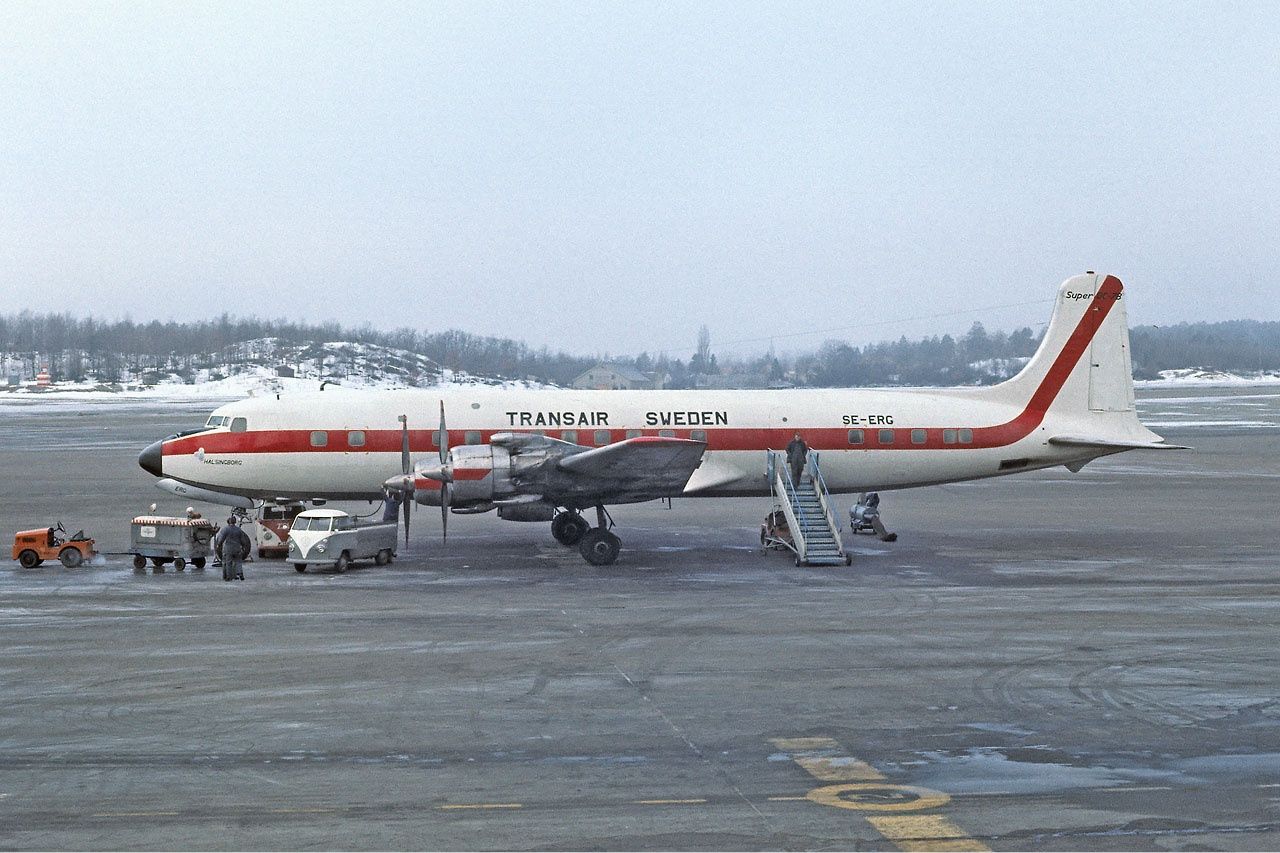
Did the Aircraft Really Crash Due to Pilot Error?
While multiple official investigations into Hammerskjöld's death supposedly failed to find any evidence of foul play, shoot-down, aircraft sabotage, or otherwise, in recent years, there have been numerous organizations and people trying to find out whether or not there was foul play at hand in the crash of the DC-6.
During the Congo Crisis, multiple intelligence agencies from the United States, their allies, and the Soviet Union were deeply invested in the Congo crisis due to the country's abundance of rare earth metals and resources. On August 19, 1998, Archbishop Desmond Tutu of South Africa claimed publicly that he had uncovered letters between CIA, MI5, and South African intelligence agencies related to the crash of Hammerskjöld's plane.
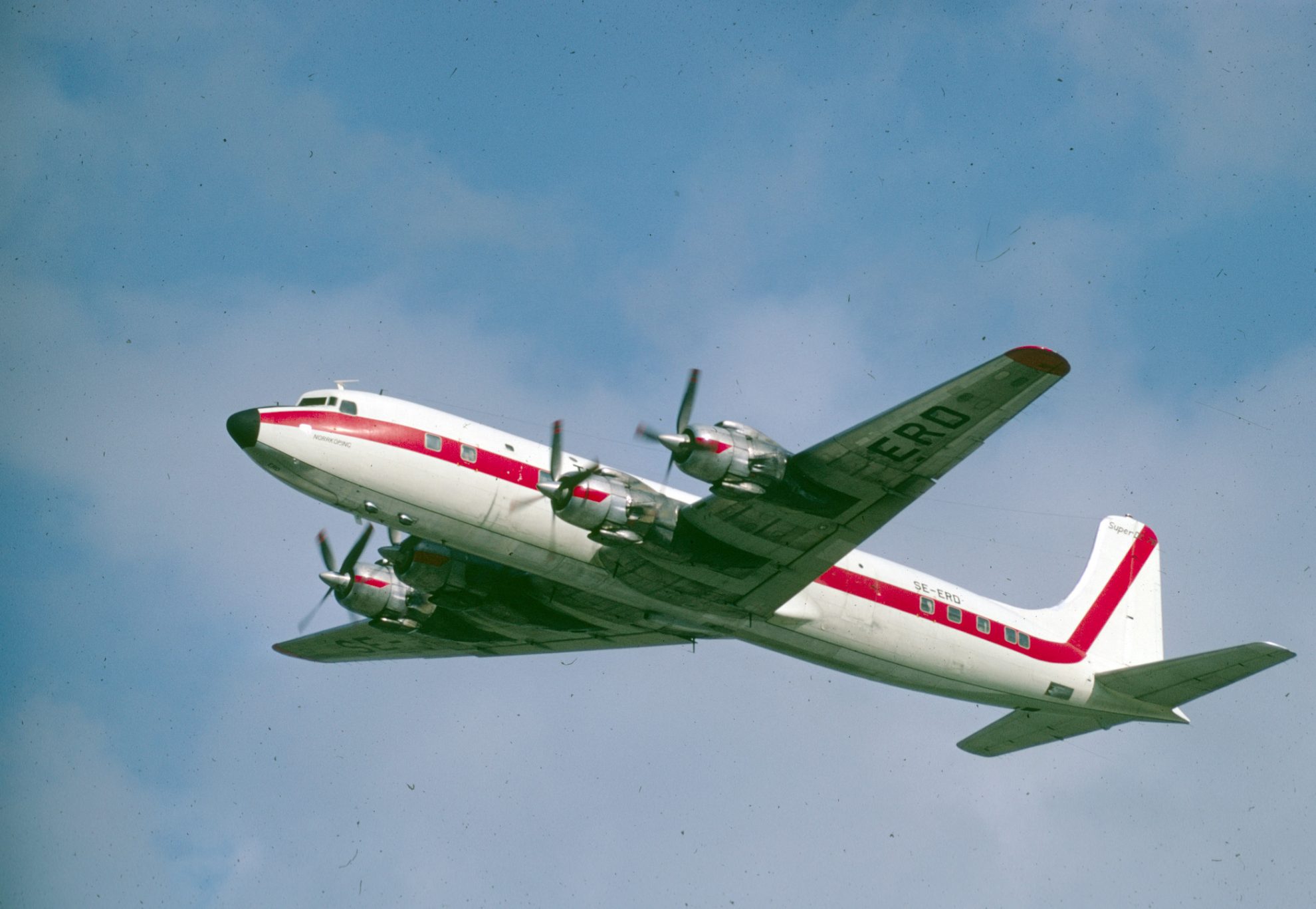
On July 29, 2005, Bjørn Egge claimed in an interview that the pictures of Hamemrskjöld's dead body after the crash of the plane were "airbrushed" to remove a feature of the photograph showing a hole (possibly one from a bullet) in the former secretary generals head.
In the 2000s, a Swedish aid worker working in Zambia interviewed a dozen eyewitnesses of the crash of the DC-6 aircraft. Most of the eyewitnesses claim that Hammerskjölds's aircraft was shot down.
Another alternative theory behind the crash, supporting the theory that the DC-6 was shot down, was that the Katanga Air Force did contain two types of aircraft capable of shooting down the United Nations aircraft - the Fouga CM.170 and the Dornier Do.28.
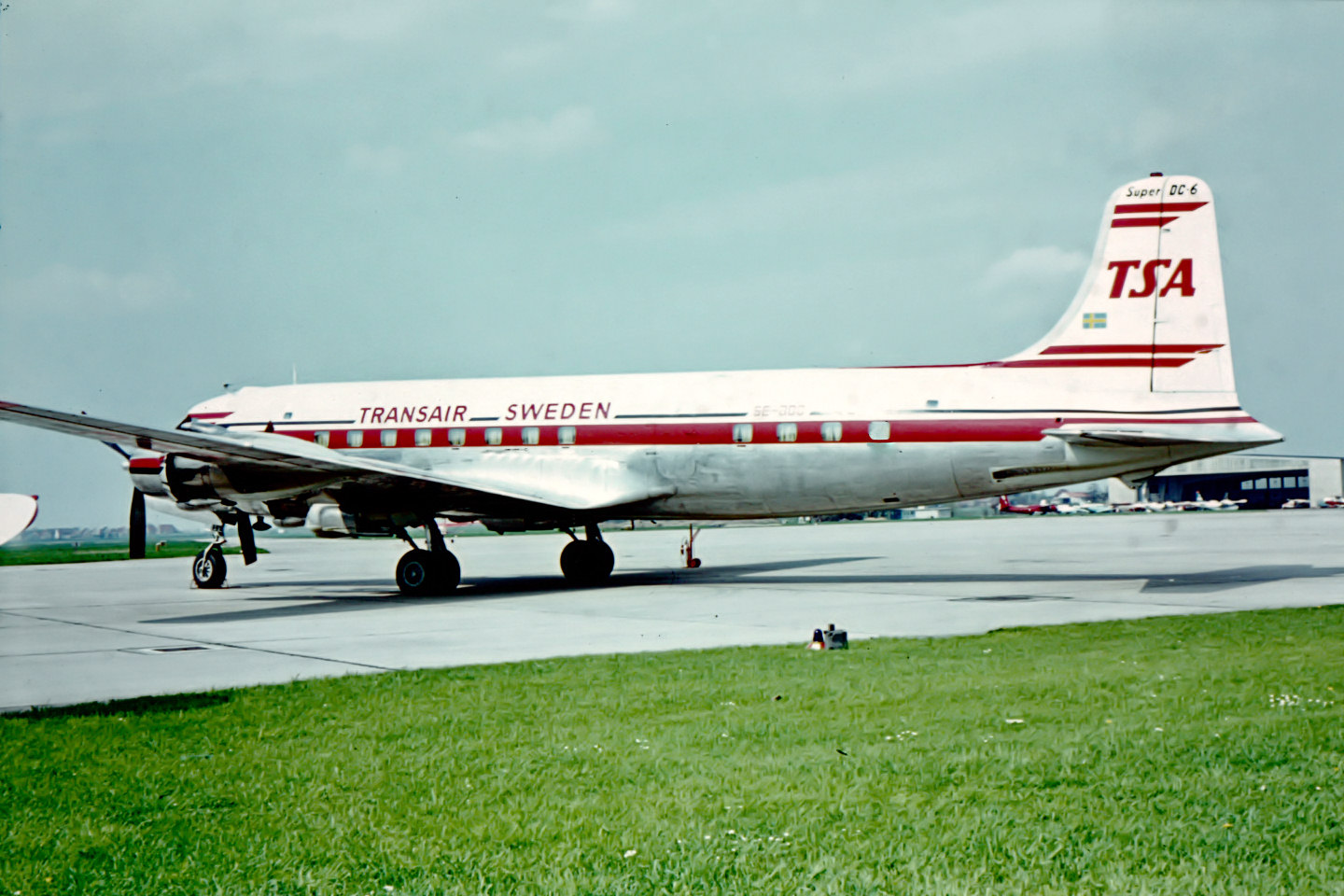
In 2015, Ban Ki-Moon, then secretary general of the United Nations, appointed a three-member panel to examine newly surfaced information regarding the circumstances around the death of Dag Hammerskjöld.
On July 6, 2015, an official United Nations report regarding the crash of Dag Hammerskjöld's DC-6 was published for the world to see. In the report, it is cited multiple times that the United States, British, South African, and Belgian governments and their intelligence services repeatedly refused to hand over documents regarding the crash, citing that they were still "classified."
According to one of the documents the United Nations investigators were able to obtain in the report, a Belgian mining company (most likely working with the United States CIA and British MI5 intelligence services) supplied explosives and a detonator to be installed on Hammerskjöld's DC-6 aircraft before takeoff from N'Djili airport. According to another document, the explosive device on Hammerskjöld's aircraft failed to detonate on takeoff but activated before landing on the descent into Ndola. According to the New York Times, the end of the document talking about explosives onboard states, "...Mission accomplished, satisfactory..."
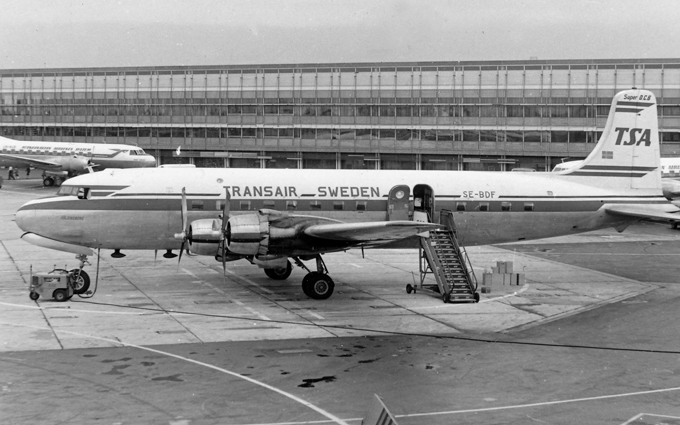
With a new and quite convincing slew of information regarding the crash, it seems likely that Dag Hammerskjöld died not as a result of pilot error but as a result of the cooperation of multiple countries in a successful assassination attempt. However, while the official cause behind the crash remains the same as in 1962, the United Nations and newly uncovered information regarding the crash states otherwise.
Was the aircraft shot down? Did the pilots unintentionally fly the plane into the ground in the darkness of that September night? Did multiple countries plot to and successfully attempt to assassinate Hammerskjöld? Do you have another theory behind the crash? Let us know in the comments below!
Ghosts of 191: The Crash Site that Continues to Haunt Chicago to this Day » Big Wings, Bigger Job: How the Dreamlifter Keeps Boeing's Assembly Lines Moving » Hainan Airlines Takes Delivery of First A330-900neo »
Comments (0)
Add Your Comment
SHARE
TAGS
INFORMATIONAL Incident Crash Accident History Congo United Nations UNRECENTLY PUBLISHED
 Big Wings, Bigger Job: How the Dreamlifter Keeps Boeing's Assembly Lines Moving
In modern aircraft manufacturing, it's common for different components to be built in factories scattered across the globe. Bringing these parts together for final assembly can pose significant logistical challenges, especially when the factories are separated by thousands of miles. Enter the Boeing Dreamlifter: a fleet of four specially-modified Boeing 747s designed to solve this very problem.
INFORMATIONAL
READ MORE »
Big Wings, Bigger Job: How the Dreamlifter Keeps Boeing's Assembly Lines Moving
In modern aircraft manufacturing, it's common for different components to be built in factories scattered across the globe. Bringing these parts together for final assembly can pose significant logistical challenges, especially when the factories are separated by thousands of miles. Enter the Boeing Dreamlifter: a fleet of four specially-modified Boeing 747s designed to solve this very problem.
INFORMATIONAL
READ MORE »
 The Next Big Upgrade in Air Travel Might Be Your Window Shade
While most cabin refurbishments focus on plush seats and mood lighting, one Florida company believes the next big upgrade lies in something passengers barely notice: the window shade.
STORIES
READ MORE »
The Next Big Upgrade in Air Travel Might Be Your Window Shade
While most cabin refurbishments focus on plush seats and mood lighting, one Florida company believes the next big upgrade lies in something passengers barely notice: the window shade.
STORIES
READ MORE »
 Hainan Airlines Takes Delivery of First A330-900neo
On October 31, Hainan Airlines received its first A330-900neo, marking the first delivery of this aircraft type to a Chinese carrier.
NEWS
READ MORE »
Hainan Airlines Takes Delivery of First A330-900neo
On October 31, Hainan Airlines received its first A330-900neo, marking the first delivery of this aircraft type to a Chinese carrier.
NEWS
READ MORE »



